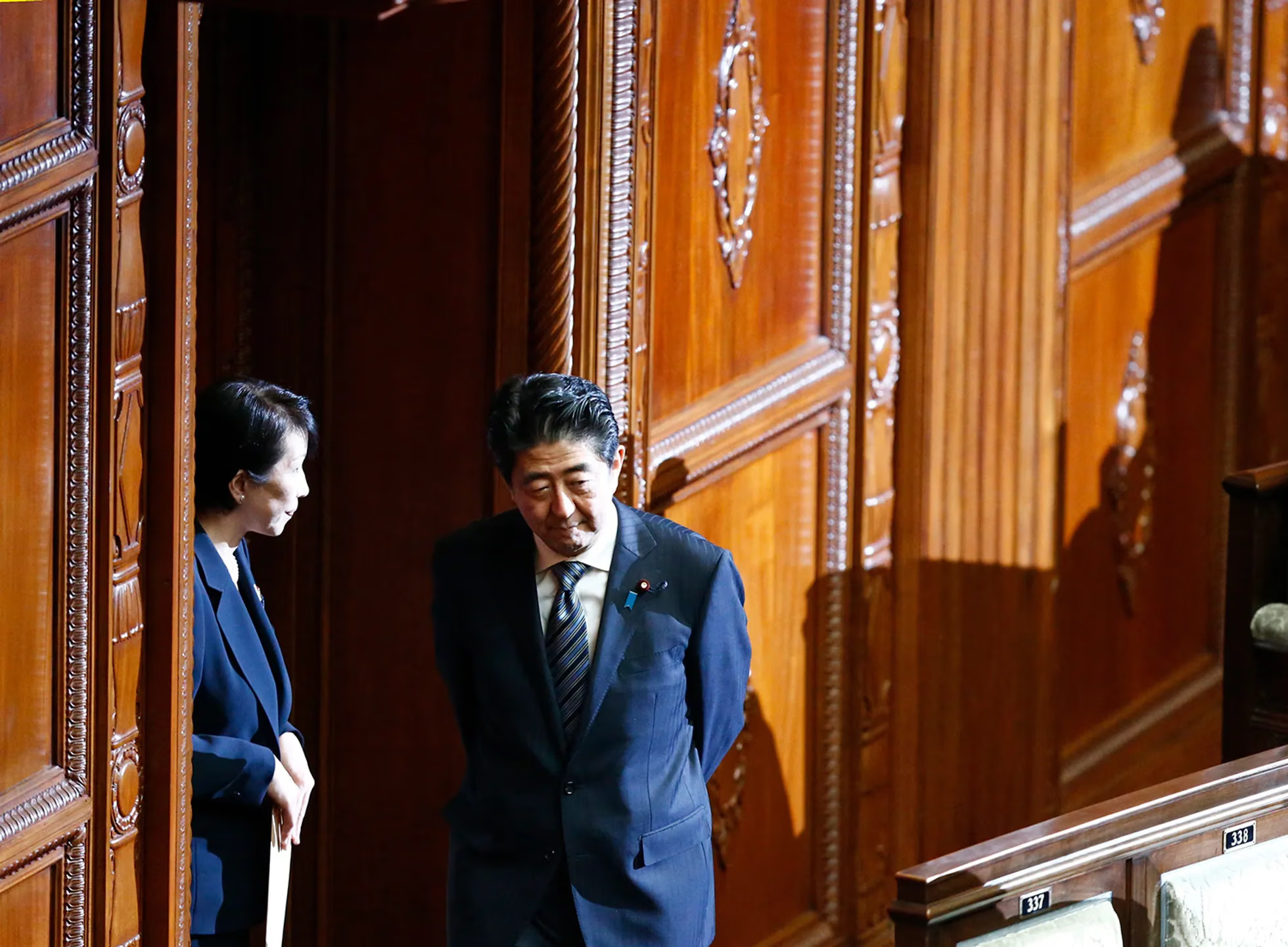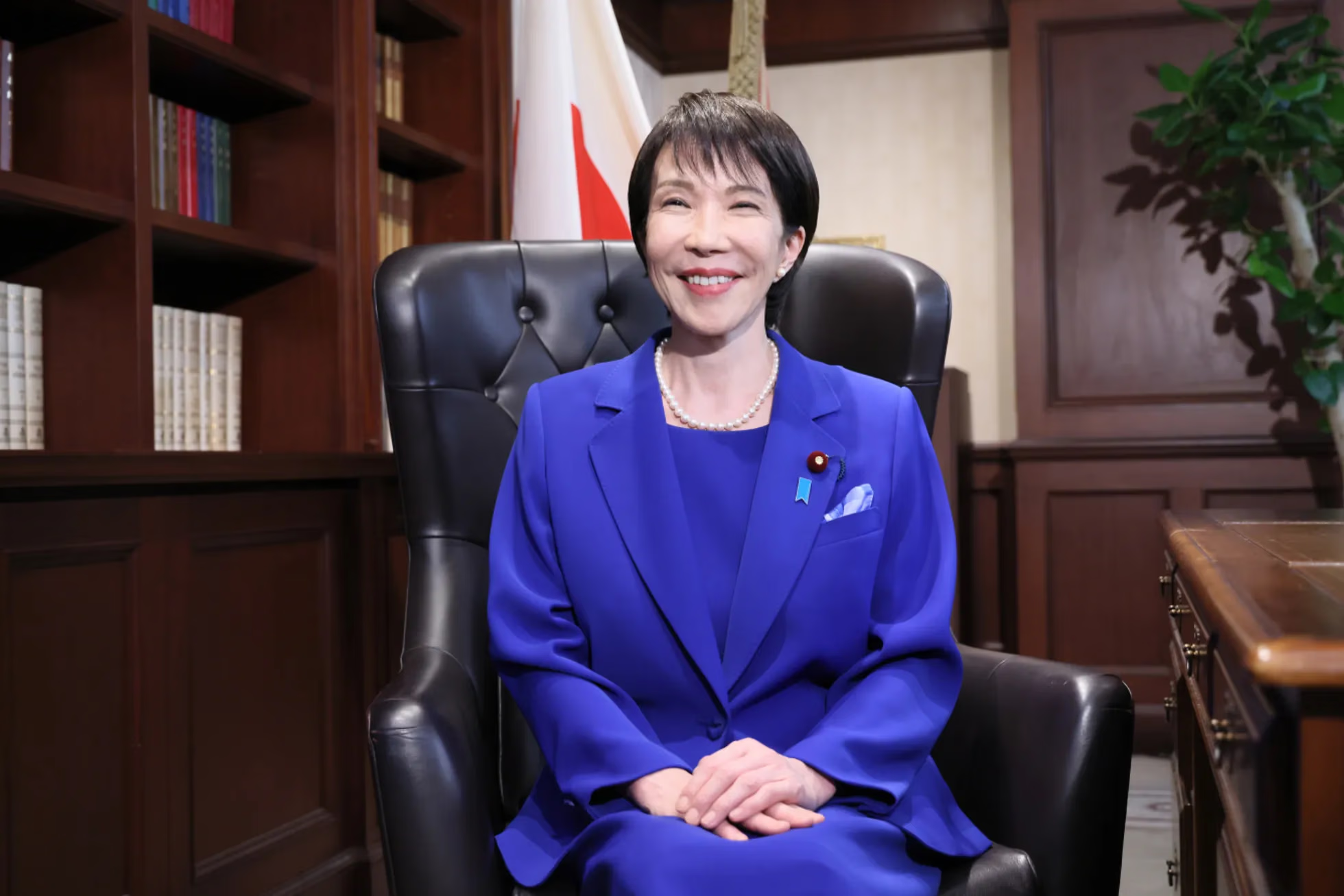64-year-old Sanae Takaichi has become the first woman to lead Japan’s ruling Liberal Democratic Party. She won the internal party election against 44-year-old Agriculture Minister Shinjiro Koizumi. Parliament is expected to confirm her as prime minister at its October 15 session.
Takaichi hails from Nara, Japan’s ancient capital. Unlike many prominent LDP members, she does not come from a political dynasty: her mother served in the police, and her father worked for an automotive company. The future prime minister studied business administration and has long been passionate about heavy metal music—during her university years, she played drums in an amateur metal band.
After graduating, Takaichi went to the United States for an internship, working in the office of Congresswoman Patricia Schroeder, known for her tough stance toward Japan. Upon returning home, she became a television host. In 1992, she ran for parliament for the first time but lost. According to Takaichi, her father’s offer to fund her next campaign from his retirement savings moved her to tears.
A year later, she succeeded and has since been re-elected nine times. In parliament, Takaichi joined the LDP, where she formed a close alliance with Shinzo Abe: they began their political careers around the same time and shared conservative views. Later, when Abe became prime minister, Takaichi served as minister of internal affairs and communications, as well as minister for special assignments.
She first sought the party leadership in 2021, placing third with Abe’s support. In 2024, she made it to the second round but lost to Shigeru Ishiba. After the LDP lost its parliamentary majority in the summer of 2025, Ishiba resigned, and on her third attempt, Takaichi finally won.

Sanae Takaichi and Shinzo Abe. December 24, 2014.
Her appointment will be historic: for the first time in Japan—a country with some of the lowest gender equality indicators among developed nations—power will pass to a woman. However, liberal change is unlikely. Takaichi opposes allowing married couples to use separate surnames, rejects the idea of women ascending the imperial throne, and does not support same-sex marriage.
Takaichi’s political platform largely mirrors that of her mentor, Abe, who was assassinated in 2022. She advocates for strengthening Japan’s armed forces, revising the pacifist constitution, and maintaining economic stimulus measures. Like Abe, Takaichi has claimed that Japan’s wartime atrocities were “exaggerated” and has visited a memorial honoring fallen soldiers, including convicted war criminals.
Many within the LDP see Takaichi as too far to the right. According to The Economist, former Prime Minister Fumio Kishida—under whom she served as minister for economic security—once referred to her as “the Taliban” for her hardline views. Takaichi is aware of her reputation and tries to distance herself from it, saying people may have seen her as “ultra-right-wing” simply because she is “a bit blunt.”
Takaichi cites Margaret Thatcher as her idol and admits she hopes to become a similar “Iron Lady.” Yet many observers question her political longevity.
The new prime minister faces daunting challenges. Japan’s economy has emerged from the era of deflation, but price growth continues to outpace wages, domestic demand is shrinking, the labor force is contracting, and public debt has reached record levels. Takaichi proposes expanding government spending and cutting taxes, though such policies risk further weakening the yen and deepening the debt burden.
Foreign policy will be another major test. After prolonged trade disputes with the United States, Takaichi must seek stability in relations with Washington—as well as with China and South Korea. She is expected to meet Donald Trump in late October. Analysts believe her connection to Abe, with whom Trump maintained warm ties, may help the dialogue. But tensions with China and South Korea are almost inevitable, given Takaichi’s views on Japan’s wartime history.
The LDP’s choice of the conservative Takaichi over the more moderate Koizumi reflects a broader rightward shift in Japanese politics. Support is growing for the far-right Sanseito party, inspired by Donald Trump: in the last election, it increased its representation in the upper house from one to fourteen seats. Under this pressure, the LDP has toughened its rhetoric—Takaichi, for instance, has urged caution in hiring foreign workers and criticized “impolite tourists.”
However, this course may strain the LDP’s alliance with the centrist Komeito party, which has already voiced concern over Takaichi’s revisionist views and her stance on immigration. Losing Komeito’s support—which brings millions of votes—would leave Takaichi without a parliamentary majority, forcing her to seek ad hoc alliances while trying to restore the party’s reputation and regain the trust of conservative voters.
She appears aware of the scale of the challenge. Takaichi has softened her tone on several issues and declared that she is ready to sacrifice her personal time to rebuild trust in the LDP and improve people’s lives. “I will work, work, work, and work,” she said.
